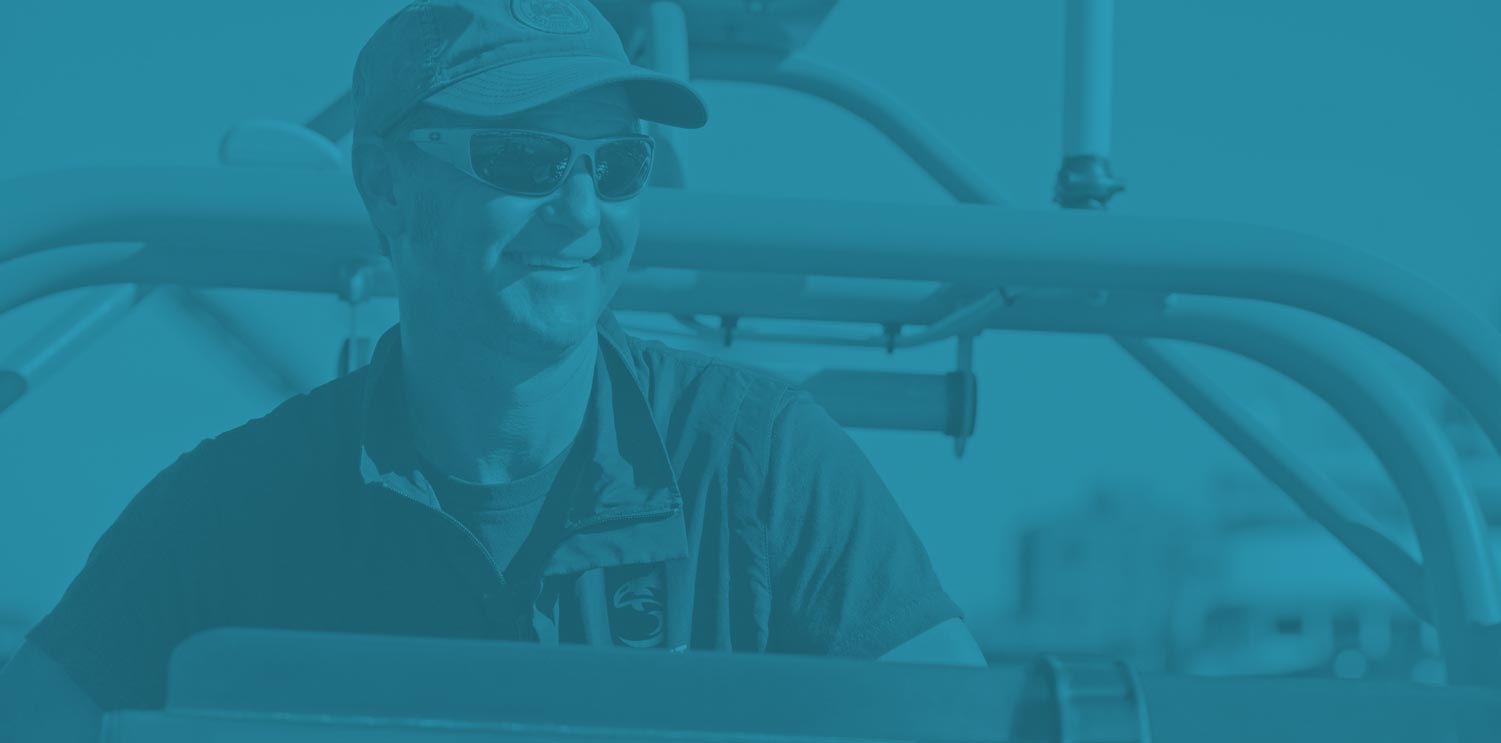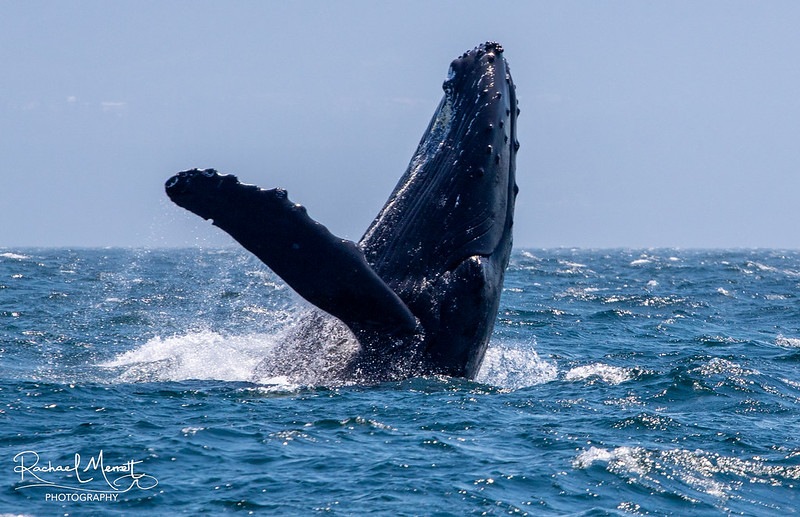Week of July 1st, 2021 – Covered Vessel Tours
What a week on the water it has been! Sightings of whales and other marine wildlife has been spectacular with whales spotted on all of our tours. We started the week off with sightings of one of our favourite seasonally returning humpback whales named Divot and her new calf! Humpback whales give birth about every two years and only have their little ones for one year before they are on their own. Divot Junior was quite exuberant as he breached and breached and breached in the sun! And we know this calf is a boy because our naturalist, Leah, was able to get some great photos of his belly, which allows us to determine the sex of individuals. Divot’s calf will soon have his own alphanumeric name and common name!
The breaching bug must have spread through the local humpbacks because we watched two humpbacks breach non-stop on Tuesday! It was a windy day which led to some swells and waves which these whales seemed to be excited about. It is not uncommon for us to see humpbacks and killer whales surfing waves and enjoying the rougher seas. I guess when you live in the ocean, a little turbulence can be fun! We identified one of the whales as Ocular, who has large bumps on his/her tail stock. It is believed these are lumps of scar tissue from an entanglement event in the past.
Humpback sightings continued throughout the week, with numerous individuals spotted southwest of Victoria, foraging near the Olympic Peninsula in choppy seas. We got to experience the massive size of the humpbacks as they continuously bulk up over the summer in preparation for their migration south this winter. We all enjoyed the sounds of the whales as well as they trumpeted at the surface and exhaled with a big “POOOOF”!
July 2nd was an especially interesting tour as we found a humpback whale in the fog. After analyzing our photos, we noticed that this individual had massive chunks of flesh missing from its caudal peduncle (where the tail meets the body), and tissue damage along the ridge of its back and edge of the tail. We sent our photos to many researchers up and down the coast who believe the injuries could be from a recent killer whale attack. This whale was photographed in May and did not yet have these injuries. We are always excited to be able to share data with the research community and help monitor the health of the animals we see. We hope this humpback is able to heal successfully!
After so many great adventures with humpbacks, we got to spend a trip near Sidney among the Guf Islands where two Transient killer whale siblings were cruising the shores, hunting for seals. We were able to ID the pair as T77C (Neftali) and T77D (Alcyon). These two are siblings who have been travelling without their mother and other siblings. Neftali was born in 2006 and Alcyon was born in 2009. It is not common for killer whales to travel apart from their mothers, but these two may just be rebels in the whale world! We got to explore the cliffs of Mandarte Island where the cormorants are building their nests and the Pigeon Guillemots can be spotted floating near the island. Chain Islands brought amazing sightings of pupping Harbour Seals, some mothers still plump in pregnancy.
The week ended with sightings of a humpback who is near and dear to our hearts- Split Fin! Split Fin (BCZ0298) was born in 2006 to the most famous of our humpbacks- Big Mama! We believe Split Fin is male as a female would likely have returned with a calf by now and he have never seen a calf with Split Fin. This beloved humpback got its name because of the two splits in its dorsal hump, making it look kind of like a small crown on its back. Split Fin has returned to our waters every season since his birth. We always anxiously await the first sighting of Split Fin and gush over every minute spent with him!
Whale watching tours are always dynamic and we never know who or what we will see. The unknown makes the adventure all the more exciting and rewarding when we spot the first exhale or fin of the trip. Some days we see humpbacks, other days we see orcas, and other days still we may see both. Nature is a beautiful and powerful thing. We are so grateful to be able to share it will all of you!









